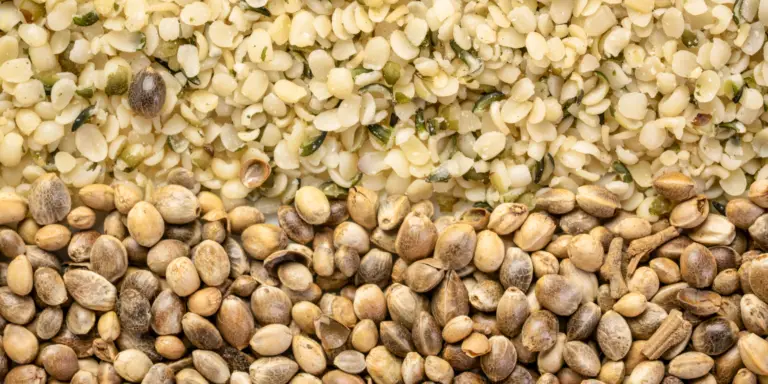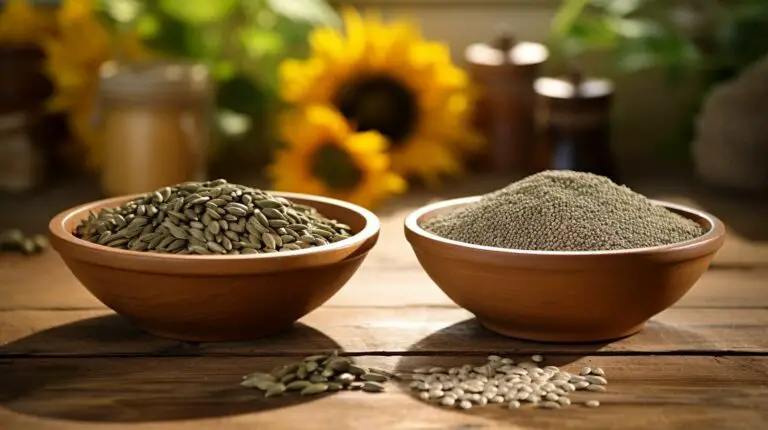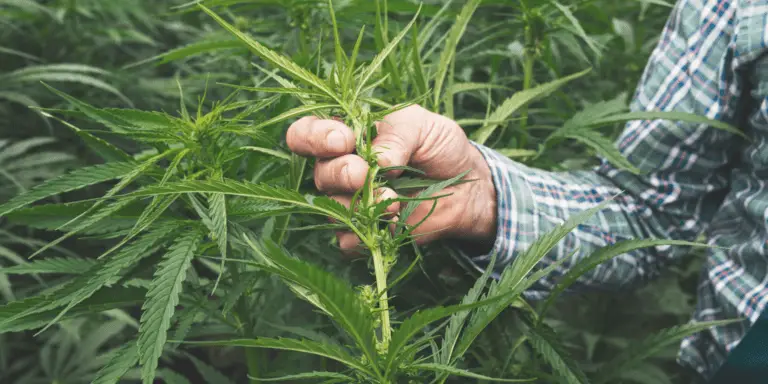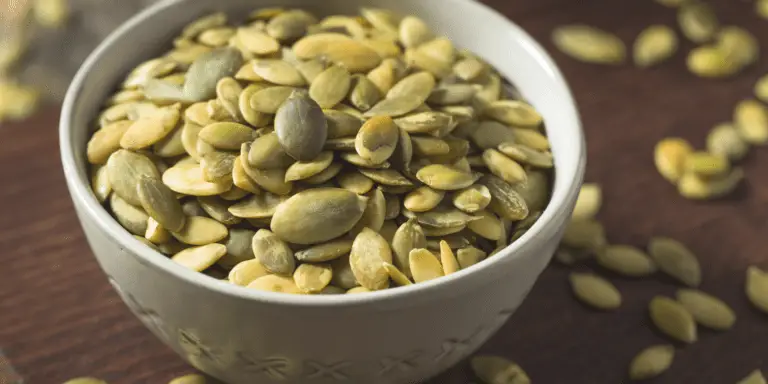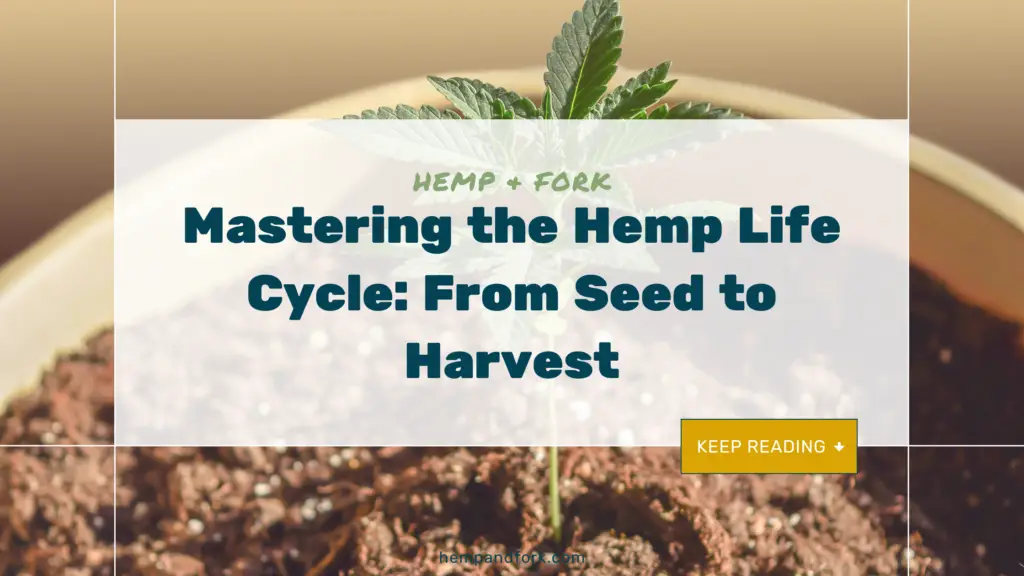
Understanding the hemp life cycle is more than just a botanical curiosity; it’s a necessity for anyone involved in hemp cultivation or CBD production. Whether you’re a seasoned grower or a curious consumer, knowing the stages of hemp growth can help you appreciate the complexity and beauty of this versatile plant.
From germination to flowering, each stage of the hemp life cycle has its unique requirements and challenges. This knowledge is not just academic; it’s crucial for maximizing yields, especially for high-quality CBD products.
What is the Hemp Plant?
Hemp, a member of the Cannabis sativa family, is a plant of many talents. Unlike its close relative, marijuana, hemp contains low levels of THC (less than 0.3%), making it non-psychoactive. Here are some key uses of hemp:
- Fiber Production: Used in textiles, ropes, and even building materials.
- Seed Harvest: Hemp seeds are rich in protein and omega fatty acids. Learn how to incorporate hemp seeds into your diet here.
- CBD Production: Hemp is a primary source of cannabidiol (CBD), a compound with various therapeutic benefits.
But what really sets hemp apart is its life cycle, which we’ll delve into in this article. Understanding this cycle is crucial for anyone interested in hemp cultivation or CBD production.
The Importance of The Right Soil For Hemp Growth
Soil isn’t just dirt; it’s the lifeblood of any plant, and hemp is no exception. The right soil can make or break your hemp cultivation efforts. Here are some types of soil that are generally considered good for hemp growth:
- Loamy Soil: Rich in organic matter and well-drained.
- Sandy Soil: Drains well but may require additional nutrients.
- Clay Soil: Nutrient-rich but may have drainage issues.
| Soil Type | Pros | Cons |
|---|---|---|
| Loamy | Rich in nutrients, well-drained | Can be expensive |
| Sandy | Excellent drainage | Nutrient-deficient |
| Clay | Nutrient-rich | Poor drainage |

FoxFarm Ocean Forest Potting Soil Mix
FoxFarm Ocean Forest Potting Soil Mix is a top choice for growing hemp due to its comprehensive nutrient blend, pH balance at 6.3-6.8, and light, aerated texture suitable for indoor and outdoor use. It contains earthworm castings, fish, and crab meal, fostering healthy plant growth. Highly rated with positive user reviews, it encourages strong branching and sturdy growth. Sold by The Hydroponic City, it’s a reputable choice. This soil is ready to use, eliminating the need for initial nitrogen fertilizers. It’s designed for containers, aiding optimum fertilizer uptake.
Understanding the soil’s role in the hemp plant life cycle is crucial. The soil affects everything from germination rates to the health of the mature plants, ultimately influencing the quality of the end products, be it fiber, seeds, or CBD.
The Hemp Growing Season: Indoors vs. Outdoors
Understanding the hemp growing season is crucial for successful cultivation. While hemp can be grown both outdoors and in a greenhouse, each option has its pros and cons.
Growing Hemp Outdoors
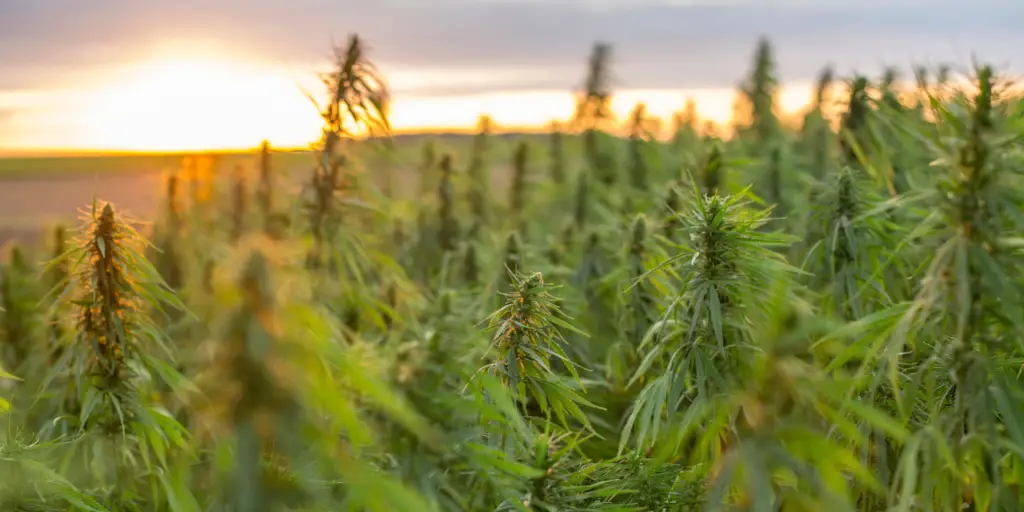
Best Time to Plant: Late spring to early summer, after the last frost.
Advantages:
- Natural sunlight
- Larger growing space
- Lower initial costs
Challenges:
- Susceptible to weather conditions
- Potential for pests and diseases
Tips:
- Choose a location with well-drained soil and good sunlight.
- Use natural predators and organic pesticides to control pests.
Growing Hemp Indoors
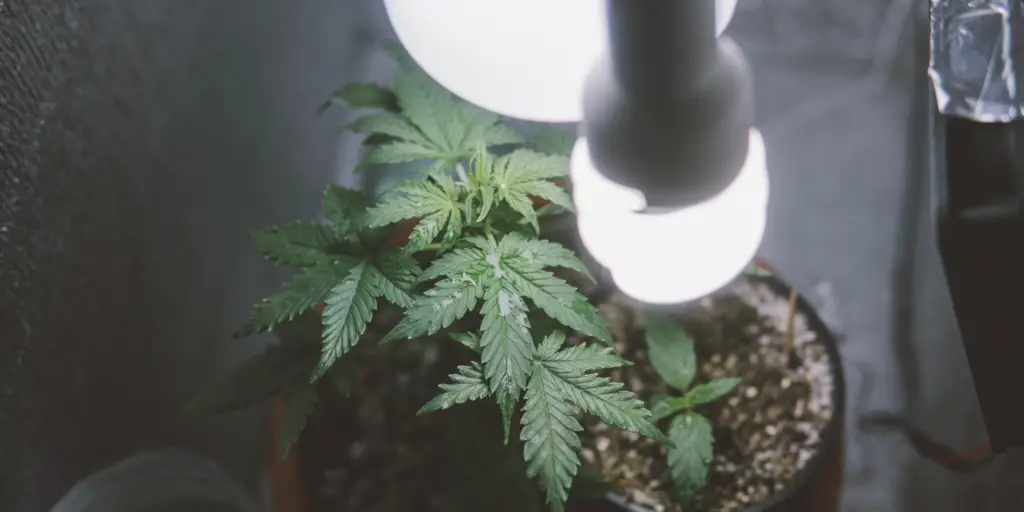
Advantages:
- Controlled environment
- Extended growing season
- Higher yields
Challenges:
- Initial setup costs
- Requires constant monitoring
Tips:
- Use automated systems for temperature, humidity, and light control.
- Regularly inspect for pests and diseases, as a closed environment can accelerate their spread.
| Growing Method | Advantages | Challenges |
|---|---|---|
| Outdoors | Natural sunlight, larger space, lower costs | Weather conditions, pests |
| Greenhouse | Controlled environment, extended season, higher yields | Initial costs, constant monitoring |
The Stages of the Hemp Life Cycle
The journey of a hemp plant from seed to harvest is a fascinating process, broken down into four main stages: Germination, Seedling, Vegetative, and Flowering. Each stage has its unique characteristics and requirements, making it essential for growers to understand them for successful hemp cultivation.
1. Germination
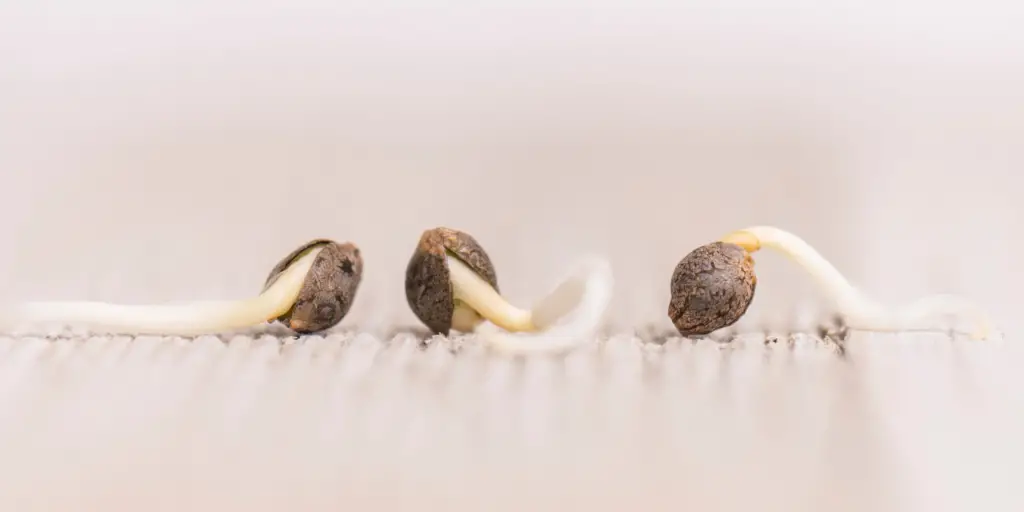
Germination is the birth of the hemp plant, the stage where the seed breaks open to let a young plant emerge. During germination, the hemp seed absorbs water, causing it to swell and break open. A small root, known as a radicle, emerges and begins to grow downward into the soil, while a shoot grows upward.
Factors Affecting Germination:
- Soil Temperature: The ideal soil temperature for hemp seed germination is around 70°F.
- Nutrients: At this stage, the seed relies on the nutrients stored within itself, but a nutrient-rich soil can enhance germination rates.
2. Seedling Stage
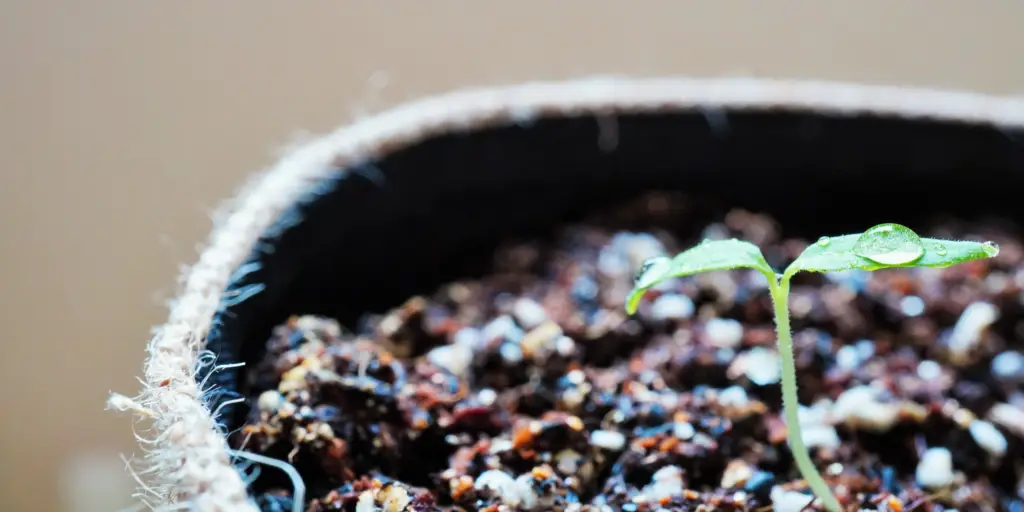
Once the seed has germinated, the plant enters the seedling stage. At this point, the hemp plant is a small, fragile structure with a few leaves. The first leaves to appear are called cotyledon leaves, which are round and flat.
Key Features:
- Cotyledon Leaves: These initial leaves are crucial for photosynthesis, helping the plant to gather energy from the sun.
- Root System: The development of a robust root system begins in this stage, setting the foundation for a healthy plant.
3. Vegetative Stage
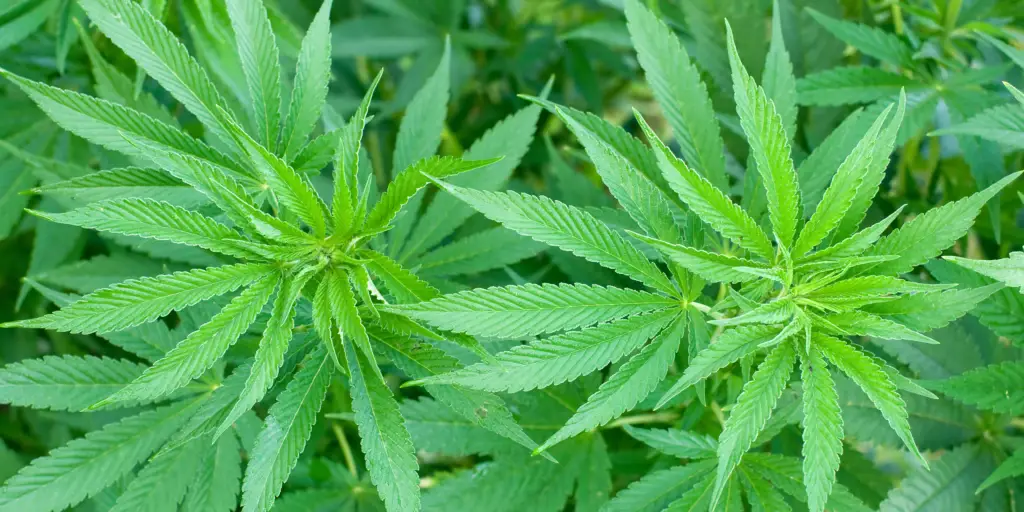
As the plant grows, it enters the vegetative stage, characterized by rapid growth and the development of more complex leaf structures. This is the stage where the plant focuses on growing tall and developing a strong stem.
Nutrient Requirements:
- Nitrogen: High levels of nitrogen are essential for robust vegetative growth.
- Other Nutrients: Phosphorus and potassium are also needed but in lesser amounts compared to nitrogen.
4. Flowering Stage

The flowering stage is the grand finale of the hemp life cycle, where the plant develops buds that are harvested for CBD production. This is also the stage where male and female plants show distinct characteristics.
Sexual Differences:
- Male Plants: Produce pollen sacs but no CBD-rich flowers.
- Female Plants: Produce the resinous buds rich in CBD and other cannabinoids.
Understanding the differences between male and female plants is crucial, as only the female plants produce the CBD-rich flowers that are the primary goal of most hemp cultivation efforts.
Hemp Cultivation Tips for Each Stage
Growing hemp successfully requires a meticulous approach at each stage of its life cycle. Here are some cultivation tips tailored for each stage, along with the importance of weather conditions and CO2 levels.
Germination Tips
- Soil Preparation: Use a light and airy soil mix rich in organic matter.
- Moisture: Keep the soil consistently moist but not waterlogged.
Seedling Stage Tips
- Light: Provide 16-18 hours of light to encourage strong growth.
- Temperature: Maintain a temperature range of 20-25°C (68-77°F).
Vegetative Stage Tips
- Nutrient Mix: Use a nitrogen-rich fertilizer.
- Pruning: Remove lower branches to focus growth energy on the top.
Flowering Stage Tips
- Light Reduction: Reduce light to 12 hours to induce flowering.
- Nutrient Shift: Switch to a phosphorus and potassium-rich fertilizer.
Weather and CO2:
- Weather Conditions: Monitor weather forecasts and protect your plants from extreme conditions.
- CO2 Levels: Elevated CO2 levels can accelerate growth, but monitor for signs of plant stress.
Hemp Growth Cycle and CBD Production
The hemp growth cycle is intrinsically linked to the potency and quality of CBD. A well-nurtured hemp plant, through its life cycle stages, will yield high-quality CBD-rich flowers.
Impact on CBD Potency
- Vegetative Stage: A strong vegetative stage sets the foundation for potent buds.
- Flowering Stage: The longer and healthier the flowering stage, the more potent the CBD.
Other Cannabinoids
While CBD is the star of the show, other cannabinoids like CBG, CBN, and THC also play roles in the overall therapeutic profile of the hemp plant. Understanding the life cycle helps in optimizing the levels of these cannabinoids.
- CBG: Higher in younger plants.
- CBN: Increases as the plant ages.
- THC: Levels must be monitored to stay within legal limits.
Common Challenges in Growing Hemp
Growing hemp isn’t without its challenges. From pests to mildew and nutrient imbalances, various issues can plague your hemp cultivation efforts.
| Challenge Category | Common Issues | Solutions |
|---|---|---|
| Pests | Aphids, spider mites, caterpillars | Use organic insecticides; Introduce natural predators like ladybugs |
| Mildew and Fungi | Powdery mildew, root rot | Ensure good airflow around plants; Use fungicides as a preventative measure |
| Nutrient Imbalances | Nitrogen toxicity, phosphorus, and potassium deficiencies | Regularly test soil and adjust nutrient levels; Use balanced fertilizers designed for cannabis plants |
Conclusion
Understanding the hemp life cycle—from germination to flowering—is crucial for anyone involved in hemp cultivation or CBD production. Each stage has its unique requirements and challenges, but with the right knowledge and tools, you can grow hemp successfully. For more tailored advice, it’s always a good idea to consult local experts and agricultural extensions.
